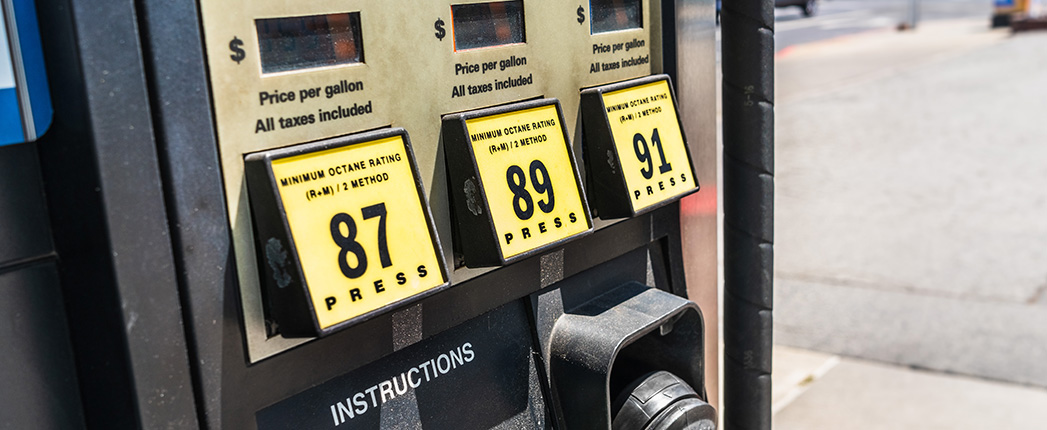
California Gov. Gavin Newsom issued an executive order last week requiring that all new passenger vehicles to be zero-emission by 2035. The mandate drew criticism from automotive dealers groups, which expressed concerns about consumer adoption and affordability of zero emission vehicles and building the required infrastructure.
According to a Sept. 23 news release, the transportation sector is responsible for more than half of all of California’s carbon pollution, 80% of smog-forming pollution and 95% of toxic diesel emissions. “This is the most impactful step our state can take to fight climate change,”Newsom said in the news release. “For too many decades, we have allowed cars to pollute the air that our children and families breathe.”
Following the order, the California Air Resources Board will develop regulations to mandate that 100% of new passenger cars and trucks sold in the state be zero-emission by 2035. According to the governor’s office, the target would achieve more than a 35% reduction in greenhouse gas emissions and an 80% improvement in oxides of nitrogen emissions from cars statewide.
The Air Resources Board will also develop regulations to mandate that all operations of medium- and heavy-duty vehicles will be 100% zero emission by 2045 where feasible, with the mandate going into effect by 2035 for drayage trucks used to haul goods.
To ensure development of the infrastructure needed to support zero-emission vehicles, the order requires state agencies, in partnership with the private sector, to accelerate deployment of affordable fueling and charging options.
It also requires support of new and used zero-emission vehicle markets to provide broad accessibility to zero-emission vehicles for all California residents.
The executive order will not prevent Californians from owning gasoline-powered cars or selling them on the used car market.
The California New Car Dealers Association said in a news release Sept. 23 that despite California leading the country in zero-emission vehicle market share, adoption is limited to the wealthy and represents a fraction of 2 million new passenger and light-duty vehicles sold annually. The association also noted that zero-emission vehicles remain much more expensive than comparable gasoline-powered vehicles, and that the state lacks the charging infrastructure and necessary financial plan to achieve it.
“While we greatly respect the governor’s ambition and emphasis on California leading the fight to combat climate change, we have many unanswered questions about fundamental components of his executive order to ban the sale of gasoline-powered vehicles by 2035, including the implications on consumers and the state’s preparedness to take on such a directive,” the association stated. “Additionally, bypassing the elected legislature and directing the California Air Resources Board to adopt rules to prohibit the sale of non-ZEV vehicles to enact this significant transportation policy change is deeply troubling and deprives Californians of a direct voice in this important issue.”
The National Automotive Dealers Association said in a statement that while it believed in the future of zero-emission vehicles, it didn’t support a fixed 2035 deadline for the vehicle type becoming the only new vehicle purchase option in California. “America’s new car and truck dealers are excited for the day that electric and other zero-emission vehicles will replace internal combustion engine vehicles,” the association stated. “ZEVs are cleaner and more efficient than ICE vehicles, but a host of obstacles must be overcome before ICE vehicles can be removed from the consumer choice list. Those obstacles include high battery costs that currently place ZEVs out of the reach of most consumers; a lack of plentiful, dependable and fast recharging stations; an electrical grid that is not robust enough to support mass numbers of EVs; and a large consumer base that is not currently willing or able to abandon a century of driving dependable and affordable ICE vehicles.”
The association noted that an “amazing” lineup of all-new zero-emission vehicles will be introduced by its automakers partners in the next two to three years. “But ZEV adoption is about far more than just the vehicles,” the group asserted. “Franchised dealers working with their automaker partners, local communities and customers will be able to overcome all the ZEV obstacles, but it will take time, investment, determination and cooperation – not an arbitrary deadline.”
Sales of battery electric vehicles and plug-in hybrid electric vehicles declined to 111,000 during January-June 2020, down 25% from 147,000 in the same period in 2019, according to EVvolumes.com, an electric vehicle world sales database.
The governor’s executive order may be viewed at the California government’s website.
For more coverage of electric vehicles and their impact on lubricants, subscribe to Lubes’n’Greases’ Electric Vehicles InSite.